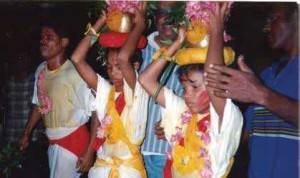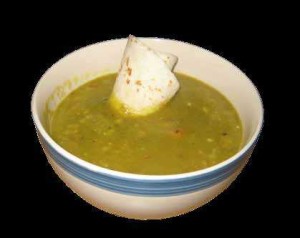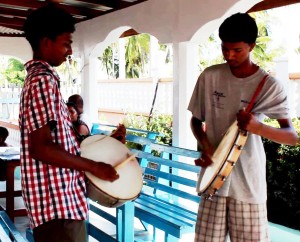
The Tamilians from South India, who had sailed from the port of Madras for the then British Guiana as indentured labourers, were termed “Madrasis”. Of the 239,000 Indian immigrants to British Guiana, less than five percent made up the Madrasis population.
For the British planters, they were the least desirable immigrants of all. They were stereotyped as lazy, aggressive and rebellious. The alleged penchant for heavy drinking, loud drumming and especially their love and devotion for their kulla (god) Devi Mariamman, whose worship involved animal sacrifice, evoked that dislike. They were certainly the least keen of all the immigrants on the estates. They preferred to make their living away from the estate by doing rice farming and fishing.
The Madrasis were easily identified as East Indians of dark complexion with curly or kinky hair. They brought with them a diverse and complex culture. Madrasis mostly settled in the Berbice area.

They are four well-known aspects of the Madrasis culture practiced in Guyana and more so, in British Guiana. Firstly, they wept at the birth of a child. This was due to the uncertainty of the child’s future. In spite of this belief, they did not hesitate to procreate. Secondly, they rejoiced at the death of a love one.
This was evident in the funeral procession characterised by playing of drums such as the tappu and singing of bhakti esaiyil/kirtanam (devotional songs). The deceased was housed in an arthi on the way to the saidukadu (burial ground/crematorium). These were done to aid the atman’s (soul) peaceful journey in the afterlife.
The Madrasis funeral procession is quite an experience. Thirdly, the older women wear the Madrasi kerchief, which is colourful and depicts the mayil (peacock), which is displayed at the centre of the forehead. Finally, they introduced to us the spicy, yet palatable milligu tani/mulga tani (pepper water), which is prepared with lentil, meat, preferably goat head, and tamarind juice.
Goddess Mariamman




